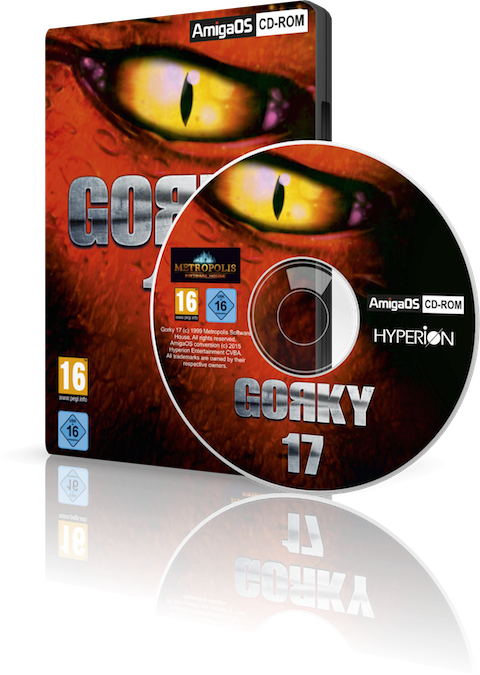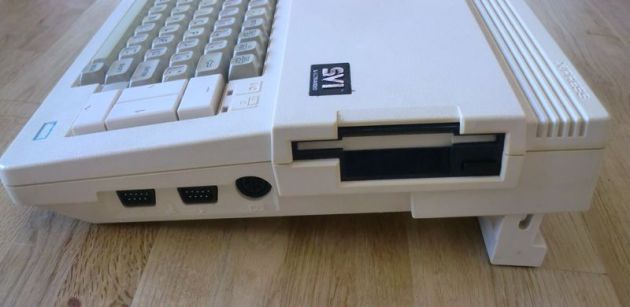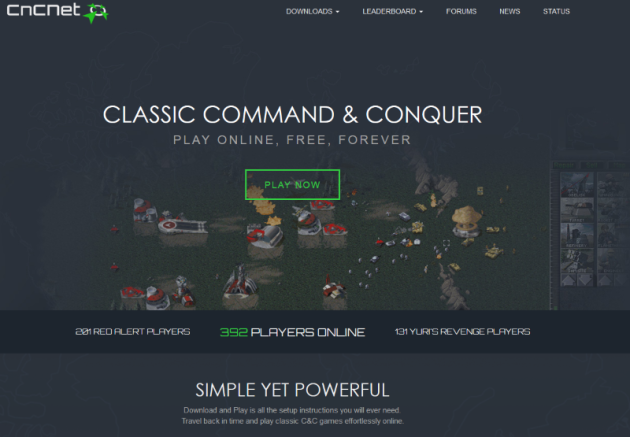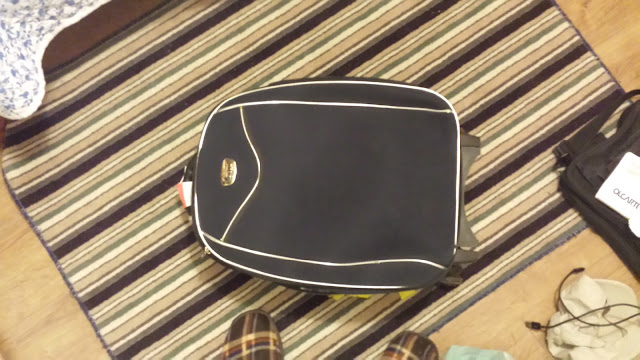February 2016
Reverse engineering the LCD interface
So I was having trouble getting the LCD working initially, so I ended up probing a working HDMI to LCD converter board sold by adafruit. You see, this board was driving my LCD just fine, but my FPGA couldn’t do diddly. So I wanted to see what I was missing.
This proved more difficult because of these 40-pin FPC connectors. Not sure what the pitch is, but it’s really freakin’ close together.
With a lighted magnifier (3x diopter?), and sharp o’scope probe, I was able to isolate individual pins on the 40-pin, long enough to hit the stop button on the scope.
J68 boots VUBUG monitor on the BEMICRO MAX 10 FPGA board
Here’s an image showing a ROM monitor VUBUG running on the J68 softcore, which is in turn running on a BEMICRO Max 10 FPGA board.
VUBUG will be used until we can get our own (unwritten, so far) custom code booting!
Working on the User Flash Memory
So the Altera Max 10 FPGA we’re using has 256kbits of User Flash Memory. This is non-volatile memory that is built into the actual FPGA itself. This means you don’t need any external memory to get the FPGA to boot itself.
The Chaos Engine
Published by Spectrum Holobyte, Inc.
Developed by The Bitmap Brothers
Released – 1993
Platforms – Acorn 32-bit, Amiga, Amiga CD32, Atari ST, BlackBerry, DOS,Genesis, J2ME, Linux, Macintosh, SNES, Windows
Mirrorcopy
If you remember my last post I wrote about some viruses I got and took care of. But it got me thinking about doing something I have been putting off for years: backing up and organizing everything. When you have a couple of terrabytes of stuff counting to hundreds of thousands of individual files then you can guess what I’ve been doing these last two months.
Launch of HOPE Badge Computer project
This is the first post of many in this category.
We have a project page giving the general goals of the project, but most of the hands-on action will happen here in the blog posts. For the latest status, reading these real-time blog posts will give you the best understanding.
We welcome feedback and commentary on the project.
New case for AmigaOne A1222
Since I received my AmigaOne A1222 it has had a temporary home in my Sam 460 tower case, but that was never the final location planned. I needed a new case for the A1222 and recently I came across a very cool Mini-ITX case that I believe suits the A1222. The case is a In Win H-Frame Mini-ITX, and It arrived this week. Build time!







